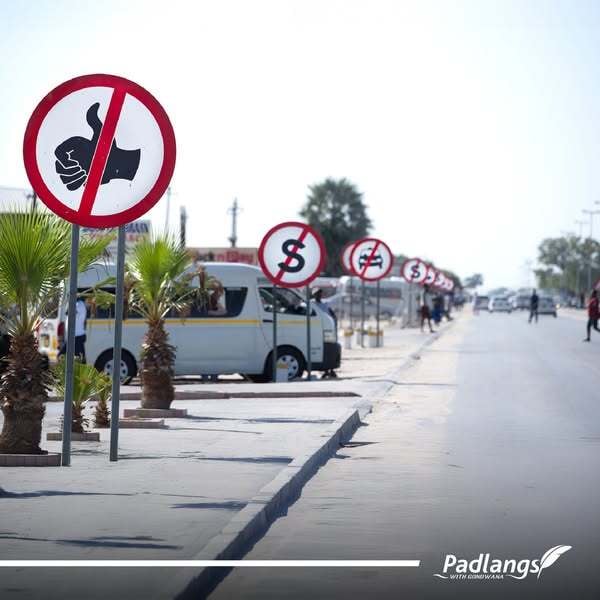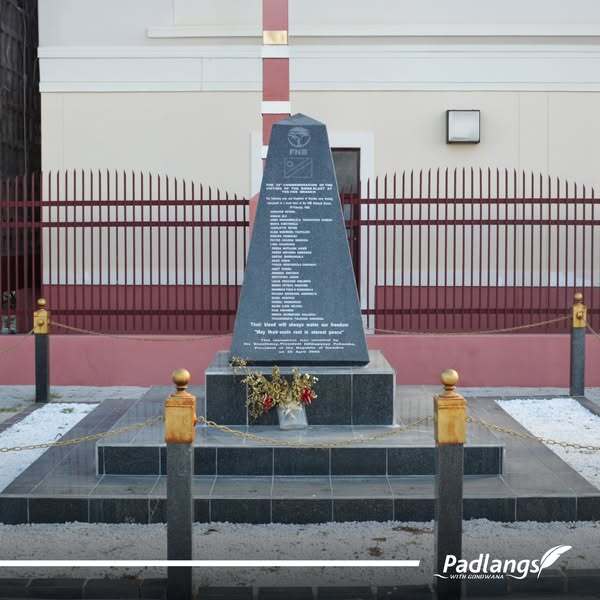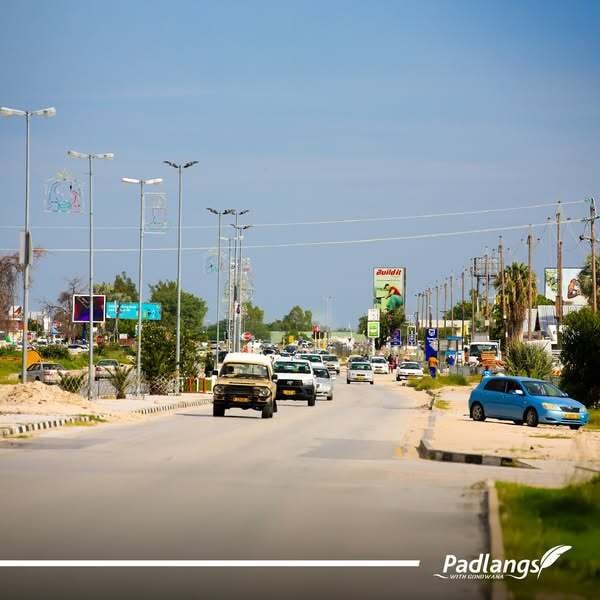Oshakati, the administrative centre of the Oshana Region, is also the commercial hub of the north. Rows and rows of small businesses with innovative and sometimes fascinating names line the main road alongside formal retail businesses. It is a bustling town with a continuous coming and going of people from the surrounding areas and high traffic volumes. With a population of close to 59,000 people (2023 census), Oshakati is the largest town in the north and the fifth largest in the country.

As Ondangwa lacked a sufficient water supply and was located in the Ondonga traditional area, a more central location for the “capital” of Owambo had to be found when South Africa implemented the Odendaal Plan. The choice of the new “capital” fell on the area near the villages of Erundu and Otshipuku, which was then known as Okatana – not be confused with the present-day Okatana.
Work on a storage dam to ensure a sufficient water supply to sustain a large urban settlement began in 1958 as part of phase 1 of a five-year plan to improve Owambo’s water infrastructure. The saline nature of the soil necessitated building the dam above ground level and water from the Cuvelai Oshana was pumped into the dam that was completed in 1964. Additional inflow was provided by a 100-kilometre-long earth canal that captured the water in the southwest-flowing iishana between Outapi and Oshakati.
Oshakati was established on 1 July 1966 and its name means “which is in between” or “the place where people meet” – a reference to its central location between five Aawambo communities. The town’s population was estimated at 37,000 people at independence and Oshakati was declared as the administrative centre of the Oshana region in 1992. It became an autonomous municipality three years later.

Health services in Owambo were provided by the mission stations until the first government hospital in Owambo was opened in July 1966. The construction of the hospital was one of the recommendations in the Odendaal Report, which was released in 1964. Construction started the same year and the 444-bed hospital consisted of a block for “Europeans” and wards for “blacks”. Other developments included a post office (1964), police station (1968), Radio Owambo (1969), a cool drink factory (1971), bakery (1971) and an open-air market.
Oshakati East was established as a residential area for white civil servants seconded to assist in the administration of Owambo and employees of the Bantu Development Corporation (BDC) (later the First National Development Corporation (FNDC). A military base was established opposite the hospital in 1975 and Oshakati became the headquarters of Sector 10 a few years later. The base also accommodated the headquarters of Koevoet (the South West African Police counter-insurgency unit) and 52 Battalion.
“White” Oshakati, which had a white population of 624 in 1970, was turned into a heavily fortified town surrounded by barbed wire fences, watch towers and strict access control during the war of independence. All the houses had bomb shelters where residents could take cover in case of an attack by PLAN soldiers. Its white population was estimated at around 3200 by the late 1980s.
Oshakati West, which was set aside as a black township, grew rapidly with the militarisation of the north. Four main settlements sprang up: Oneshila, Uupindi and Amunkambya (now Oshoopala) and Omashaka (now Evululuku) – the latter two were mainly developed for soldiers of the South West Africa Territory Force.

A monument in front of the office of the NAMRA building is a reminder of the Oshakati bomb blast that killed 27 people and injured 70 others at the Barclays Bank building (later FNB) on 19 February 1988. Among those killed were Ms Anna Dumeni, the 18-year-old daughter of Evangelical Lutheran Church in Namibia (ELCIN) Bishop Kleopas Dumeni, and Mrs Ndamono Shangala, head nurse at the Oshakati Hospital and wife of Lutheran pastor Josaphat Shangala. Three South African women also died in the explosion. A mass funeral for 16 of the victims was held on 27 February.
The South African authorities immediately put the blame squarely on SWAPO, while SWAPO blamed the South African authorities. The organisation’s Information Secretary, Hidipo Hamutenya, said in a statement released in Luanda the following day the blast “... was part of a dirty South African propaganda campaign to smear the name of Swapo”.
The monument was unveiled by President Hifikepunye Pohamba on occasion of the 20th commemoration of the blast on 19 February 2008.


.png)
.jpg)
.jpg)




.png)

SUBMIT YOUR COMMENT